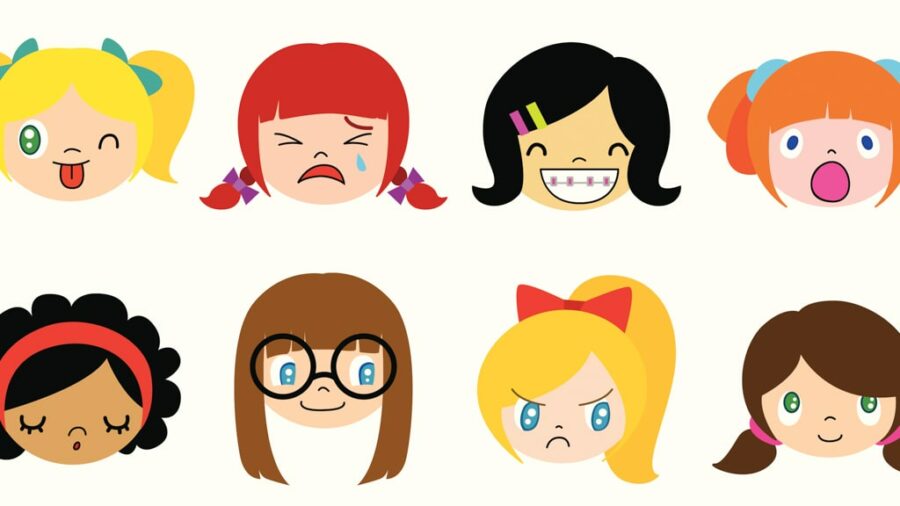When you ask your clients how they feel, do they only ever reply with sad, mad or happy? I have found that a huge challenge when working on social-emotional skills is that children don’t have the emotional vocabulary and e motional literacy skills to actually identify how they are feeling. There are so many emotions between happy and sad or happy and mad. Think about the feeling of disappointment or embarrassment? What about frustrated, annoyed, bothered, irritated, or jealous?
motional literacy skills to actually identify how they are feeling. There are so many emotions between happy and sad or happy and mad. Think about the feeling of disappointment or embarrassment? What about frustrated, annoyed, bothered, irritated, or jealous?
When you ask your clients how they feel, do they only ever reply with sad, mad or happy? I have found that to be a huge challenge when working with my clients. I always provide parents with this article that helps adults to enhance children’s emotional vocabulary but lately, I have also been building a Book of Emotions. Here’s how I do this.
Each session, I pick 2-3 “complex” or “nuanced” emotions based on this study by Baron-Cohen et al. (2010). We start by defining the emotion together. Sometimes, the client can define it independently and other times, I need to provide a few more direct cues. My client then picks a photo representation of the emotion from Google and we write out a time the client has felt this emotion, e.g., “I feel embarrassed when I fall down and people in my class laugh at me”.
I always make sure that the client gets to choose the background and font colours to increase motivation. When we are done, I ask parents to print it out so that the client has their own Book of Emotions to review at home!
 Some extension ideas that I complete in sessions and also give for homework include the following:
Some extension ideas that I complete in sessions and also give for homework include the following:
- Tell the child to focus on a few emotions before reading a story and have her point out the emotions when she sees them in a story. For example, prior to reading the book My No No No Day, I will review the definitions of frustrated, bothered, worried and cheerful and then we will discuss the emotions throughout the story. We might talk about how the girl is feeling bothered in the grocery store when she wants to get out of the cart and all of the grocery shoppers are feeling worried by how loudly she is screaming.
- Find YouTube videos that demonstrate the emotions for further practice. For example, we might review the emotions of angry, irritated and confused, and watch the famous “I Want It Now” song that Veruca Salt sings in Willy Wonka.
- Role play the emotions with your client
